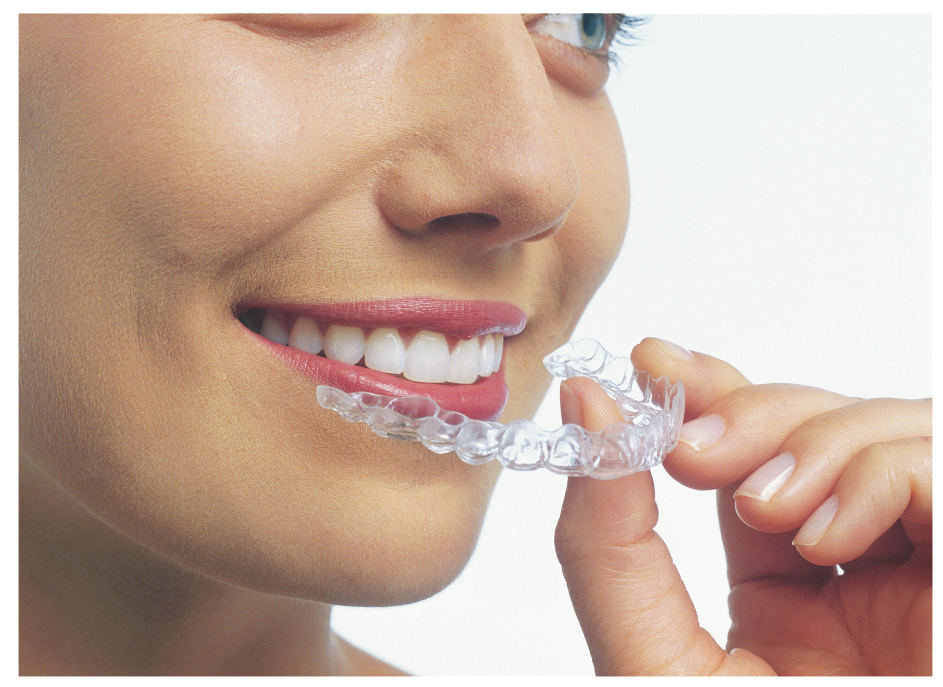“BRACES AT MY AGE, NO WAY!”

It is not often that I hear adult patients refuse orthodontic treatment simply because they feel they are "TOO OLD".
Orthodontic treatment ( braces ) is not just for children anymore. Adults are becoming more and more aware of their smile and just how important it is for their health and image. There are many reasons to consider orthodontic therapy; for the most part, adults are seeking to look and feel their best. Orthodontic options are doing this...and much more!
Several reasons play a role in why orthodontic therapy should be, and is, an important part of the armamentarium available to dentists to assist patients in attaining, and maintaining, a healthy and gorgeous smile. Some of the leading causes for adult orthodontics include, but are not limited to:
1. Straighter Smile
Studies have shown that adults sporting a straight and pleasantly appearing smile tend to be more confident and popular. They exhibit leadership skills and are more popular than those not enjoying straight teeth.
2. Moving Teeth
Teeth tend to shift as the jaw and person ages. They move slightly with time as they attempt to settle into their original position. Previous orthodontic therapy does not guarantee a perfect smile throughout one's lifetime. One should actually expect the smile to change slightly as the jaw matures. This is especially true for those persons that suffer from grinding or bruxing habits.
3. Optimal Oral Health
Straight teeth are easier to brush and floss. They trap less plaque and food, allowing for a healthier environment in the mouth. That said, the risk for decay (cavities) is less and the health of the gums proves to be better with straight teeth.
4. Bad Bite
A less than ideal bite can lead to traumatic forces on the teeth. A healthy bite is balanced throughout the mouth. The forces of chewing and normal function are evenly spread among all the teeth. Malocclusion, or a bad bite, may also lead to jaw, neck, and head pain.
5. Preparation for Future Dentistry
Orthodontic treatment may serve to create or close space, upright leaning teeth, and attain a healthy environment in preparation for necessary or desired dental treatment. Crowns, bridges, implants, or even porcelain veneers need workable space and tooth proportions to exist. Often times, orthodontic treatment is chosen as a preparatory phase for the incoming restorative options available to create a functionally healthy and beautiful smile.
Nearly invisible orthodontic treatment options for adults include the following:
- INVISALIGN: customized clear aligners made to move teeth slowly and safely over an average of one year
- CERAMIC BRACES: these are similar to traditional wire and bracket orthodontics except they are made of clear, or white, appliances
- LINGUAL BRACES: these are customized wires and brackets made to fit on the back of the teeth and are designed to pull the smile into position
Adult orthodontics is no longer a foreign concept. It is important to consider this as an available tool in attaining a smile that you would be proud to call your own for a long time. Generally speaking, adult teeth may require a longer treatment time due to the denser nature of their bone. However, this does not always hold true. I would recommend you consider an orthodontic evaluation should you care to inquire about how it can be used to facilitate, or provide for, a healthy and balanced smile.
In my practice, we offer INVISALIGN therapy to those who we decide are candidates for such as option. Traditional orthodontic therapy is available through one of my SMILE PANEL EXPERTS.
I invite you to visit my practice or email me to inquire on how we can help YOU in attaining that "Smile You'd Be Proud To Wear...ANYWHERE!"


